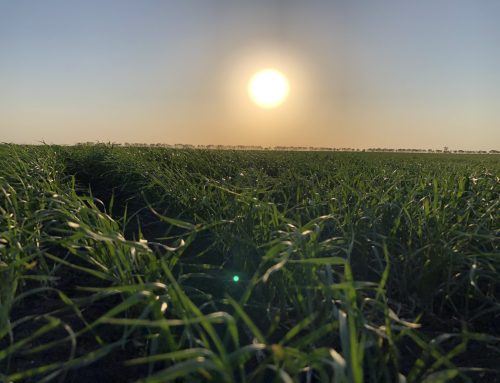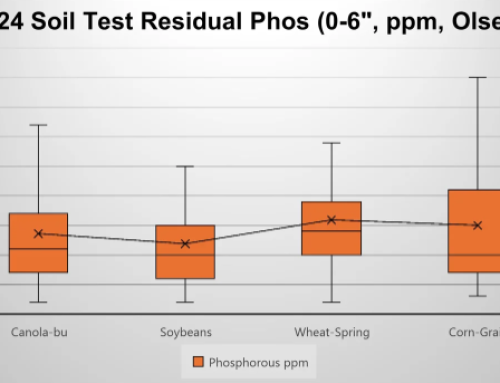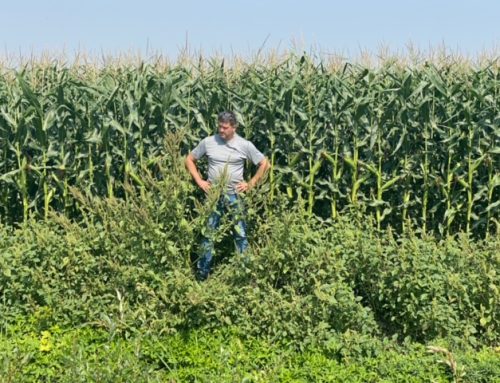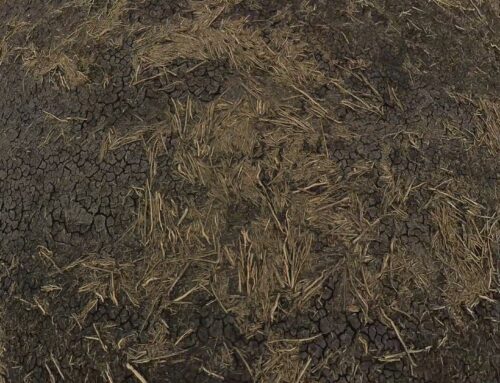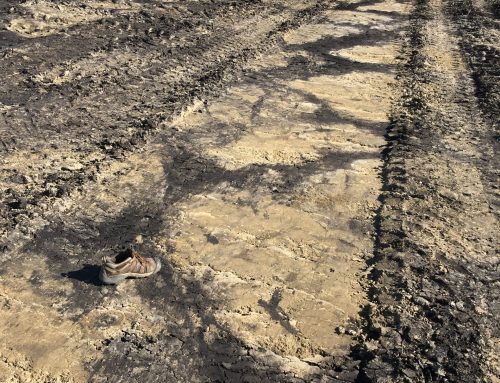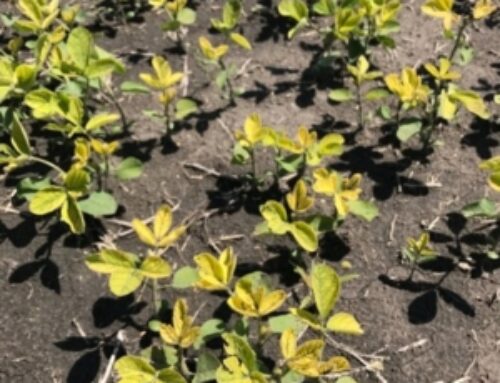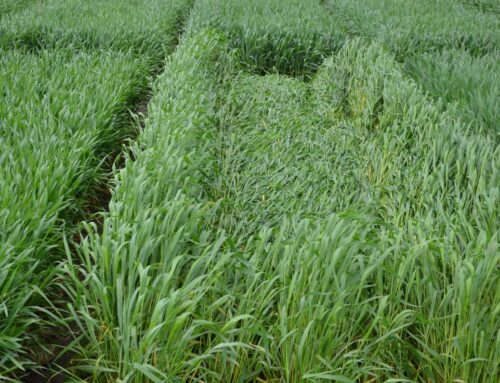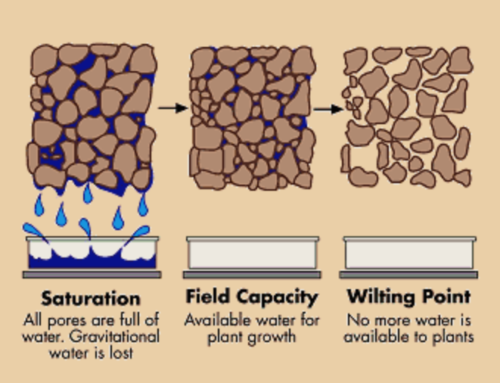Yield losses due to weeds

Early weed pressure can lead to significant yield losses in corn.
“If you think good agronomy is expensive; have you considered the cost of bad agronomy?” – Brunel Sabourin
I recently attended a zoom presentation led by Dr. Joseph Ikley as part of the Getting it Right series of agronomy sessions put on by NDSU. His presentation was focused on weed management in corn. The table below is a summary of numerous corn trials looking at the yield losses attributed to weeds in North Dakota and across the Mid-west. In North Dakota, weeds allowed to reach 6-8” resulted in an average yield loss of 16% OR 24bu on a 150bu/ac crop….. That is significant money at today’s prices.

Trial results showcase the importance of early weed removal in corn
Even if we take the Mid-West number of 6% on 2-6” weeds, that is still 9 bushels on a 150 bu crop. Using $6/bu corn that is still over $50.00/ac in lost revenue. We never want to let weeds get this far out of control but accidents happen. Growing crops with limited weed control options, herbicide resistance, weather and equipment all play a role in herbicide performance.

September, Infra-Red image of a soybean field. Red areas are heavy weed pressure. Purple areas are maturing soybeans.
Sometimes weed control doesn’t work like it should and weeds get out of stage. The NIR image above is of a soybean field taken in late September. The soybeans have already dropped leaves(purple areas). The red areas represent heavy weed pressure. This was a field of non-GMO soybeans where a pre-emerge herbicide did not perform and in-crop options could not handle the escapes. Without putting numbers to it, the end result was significant yield loss.
How much money do you have invested in your crop by the time it comes out of the ground?
Before the crop is 6″ tall, you will already have invested a significant portion of your crop input budget including fertilizer, seed and pesticides. Considering the fact that most crops set their maximum yield by this point, giving your crop the best start is CRITICAL. Once the seed is in the ground, the main goal is protecting yield potential.
Proactive versus reactive scouting
When talking to producers about the benefits of hiring a professional scouting service, one comment we often hear is:
“I can get agronomy for free. If I have a problem, I can call on a number of agronomists that are happy to come take a look.”
Looking at the above examples a 2 week delay in identifying and managing a problem can result in significant yield loss. Reacting to the problem we apply different measures to try and stop the bleeding. The earlier we can intervene the better our chances of success.
Proactive scouting identifies problems early while they are small and easier to manage. This could be a weed problem that impacts the current crop or in the case of herbicide resistance, future crops. It could also be insect pressure leading to an inadequate plant stand or maybe a nutrient deficiency.
Professional agronomy services like ours cross many acres on many farms. We eat, breath and sleep agronomy 12 months of the year. Seeing many farms we have a good understanding of what works and what doesn’t. Our main focus is helping clients grow good crops by spotting potential problems early, before they cause significant losses.
The costs of bad agronomy can far outweigh the cost of hiring a professional agronomy service. A professional agronomy service is as much about documenting and learning as it is monitoring crops. Its about protecting a grower’s investment, helping them make better decisions, manage their time and sleep better at night.
To learn more about Antara’s agronomy program, click here.
Brunel.

